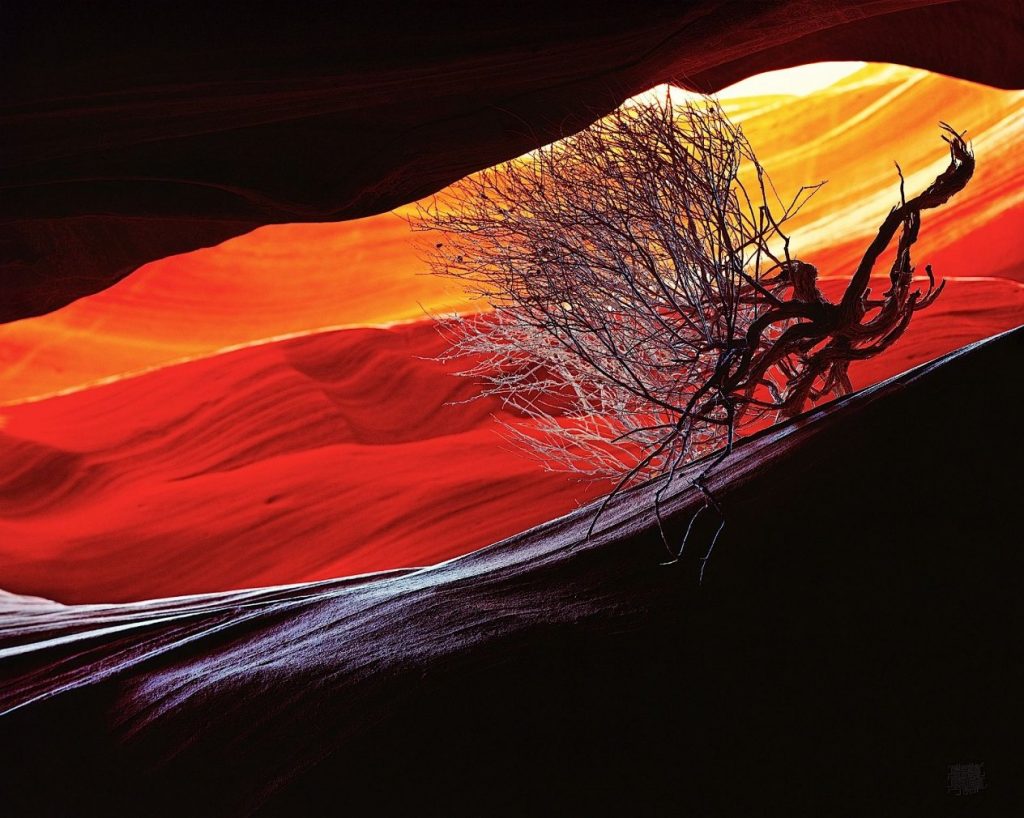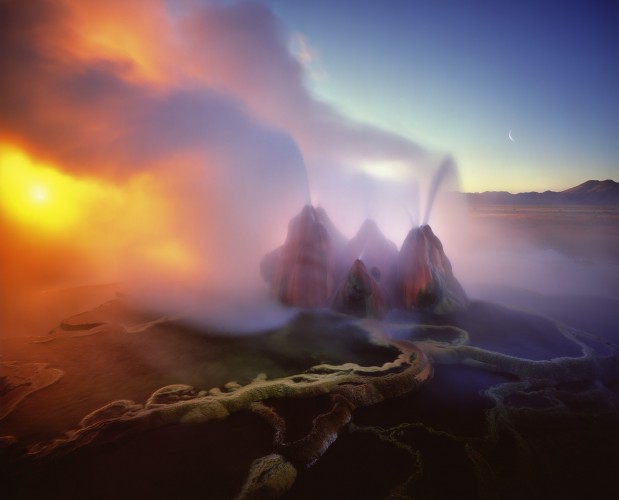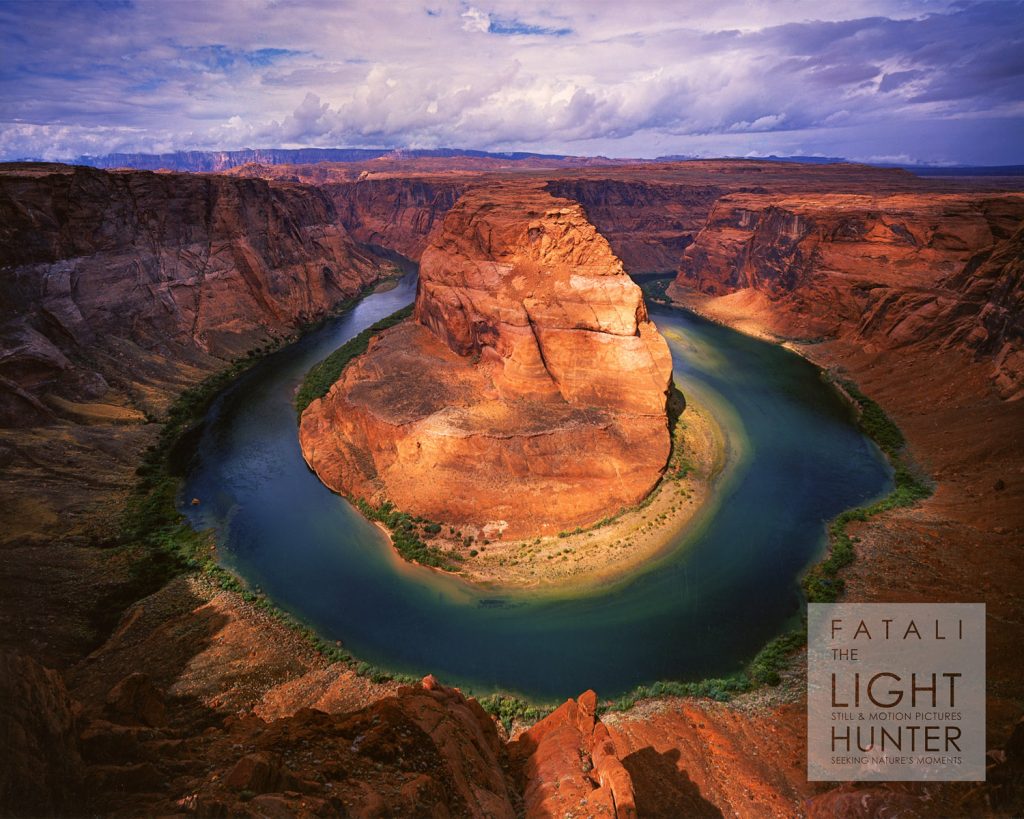Michael Fatali, The Light Hunter. Lumière Magique
à Jean-Louis Franck
Images : Philippe Lallet, Philippe Marchais
Commentaire : Jean-Louis Franck
Montage : Laurence Buchmann
Réalisation : Philippe Lallet

Interview with Michael Fatali extraite du site manfrottoschoolofxcellence
Your website describes you as part artiste, part Indiana Jones. Explain this description as it relates to your personality and love of photography.
Well, I am an adventurer and explorer at heart. It’s not uncommon for me to study an area first in great detail before ever setting up my big film cameras. Some of these locations are only for those who dare to explore the unknown and who have the perseverance it often will take to access wild and rugged landscapes; snakes, ropes, heavy gear, risks of dehydration, and miles of strenuous backpacking to name a few of the challenges.
How does fine art photography differ from landscape photography?
I do not think it has to differ. I would define fine-art photography as photographic works that are the visual extensions of the photographer’s emotional reactions with their subject and the vision of which they are being conveyed to the viewer. I define the landscapes to be works of art from the author, the Creator, and the photographer to serve as a visual narrator of its glory.
I understand you have a unique camera and a unique developing process. Tell us a little about it and why you prefer to use these tools.
I have several custom made cameras of large film formats. I have used the 8×10 camera for most of my work since 1984. I am currently using a larger 20×24 inch film camera for my mural landscape work. After I develop the large films, I create the fine photographic silver halide image in my one-of-a-kind optical darkroom. My darkroom is ten thousand square feet with one of my enlargers weighing about thirty thousand pounds. I can achieve the very best image quality and longevity possible by using large films and to chemically process silver emulsion materials in camera and darkroom.
You’ve been called “The Light Hunter.” Why is natural light soimportant to your art?
I am referred to as “The Light Hunter” because of how I approach my subject and for the relationship I have with it. Light is my subject! I also find that if you search for nature’s perfect moments you will be blessed with a beauty that is best felt with natural light.
There’s a great pictures on your website called “Earth Spirit Rising.” Can youtell us the story behind that picture?

When I first discovered this incredible landscape, twenty plus years ago, the local was not to be found from merely searching the Internet. I love the desert and love to explore it. In this image of “Earth Maker” I stalked this geothermal geyser in all times of the day and in a variety of natural lighting conditions. After waiting for two weeks, the scene you see was only a brief few seconds of exposure. I really can feel the mysterious spirit of this unique feature captured within the Black Rock Desert of Nevada. This location has been impacted from a great deal of visitation since then and is now on private property blocking its access to future visitors.
I’m sure you have taken hundreds of photos, but is there one that hangs in a prominent spot in your home?
Though we showcase about a hundred images in both of our galleries combined, I do not make many images per year. I average about four to seven new images captured during a few months out in the field. I refuse to hang my own images in our home because I will critique them endlessly otherwise. I find much more joy to having other artists’ works for the inspiration and enjoyment.
What’s the most difficult terrain you have tackled to get a picture?
I have been blessed to have been one of the very first to photographically share the famous slot canyons and other hidden mysterious landscapes within the southwest inspiring many photographers seeking the very same iconic locals. Most of these locations are difficult to access and discourage the masses, especially if you are caring about a hundred pounds of gear during extended periods.
For those looking to get into this profession, what does it take to become a fine art photographer?
I wrote “Seven Insights” and share details about each of them on my website www.fatali.com. These are from my personal creative experiences and I hope they are helpful for any professions that are pursuing the arts.
Lisa Furgison
